
We are thrilled to be introducing Yulex 2.0 into our outdoor swimming range for 2025, bringing more natural performance to swimming in mountain lakes and tarns.
Yulex is a natural rubber that’s been around for some time. Let’s give credit where it’s due—hats off to Patagonia for playing a key role in its development and for generously sharing the technology with others.

Yulex is a plant-based alternative to traditional neoprene. For context, our current wetsuit range utilizes a limestone-derived neoprene - a high-performance material known for its superior flexibility, low water absorption, thermal insulation, and hydrodynamic glideskin finish that makes you swim like a fish. It's engineered specifically for competitive and endurance swimming applications.
So why do we need Yulex?
Neoprene (even limestone-based) remains an energy-intensive material to produce, with a lifecycle heavily tied to fossil fuels and high emissions. A recent LCA (Life Cycle Assessment) comparison by Yulex revealed that their FSC-certified natural rubber foam has a CO₂e footprint approximately 80% lower than petroleum-based neoprene, even before considering coatings or final manufacturing (Yulex Rubber Chronicle).
And here’s where it gets really exciting — the benefits of natural rubber aren’t just carbon-based. The forests tapped for Yulex rubber are Forest Stewardship Council (FSC)- and Programme for the Endorsement of Forest Certification (PEFC) certified, meaning they are managed to strict environmental and social standards. That’s a big tick for biodiversity, local livelihoods, and soil health. The difference in impact between natural rubber harvested responsibly and synthetic alternatives (like SBR or petroleum neoprene) can be significant, especially when deforestation and fertiliser use are factored in.

The latest Yulex 2.0 materials are more flexible than ever, allowing us to develop an open water swim collection using neoprene-free technology.
Yulex 2.0 isn't just an environmental upgrade — it's a performance one too. Advances in the foam's stretch and thermal properties mean we can now offer neoprene-free suits that still hold up in cold open water. A recent thesis comparing Yulex and traditional neoprene showed comparable insulation performance, especially in milder open water temps — a great fit for our wild swimming community (Master’s Thesis, UiT Arctic University).
Tarka and Straven: super natural performance
The first two products in our Yulex line are the Tarka Mens Shorty, Tarka Womens Shorty and the Straven Womens swimsuit. Tarka is a shorty wetsuit that packs down small and dries quickly. Straven is a full-arm swimsuit — a step up in warmth from our Dulsie suit and perfect for cooler mornings or extending your swim season.
Both suits let you feel the elements — with less impact on them.
Our choice to leave off some of the coatings like SCS (Super Composite Skin) is a conscious one. While these coatings offer benefits to hydrodynamics, they often involve silicone or fluorinated compounds, which come with higher environmental costs. The University of Exeter’s wetsuit materials review points out that coatings, end-of-life treatment, and chemical use remain significant blind spots in LCA studies (Exeter Uni Report). Which shows there is still plenty of work to do to offer greater performance with a lighter footprint.
This move to Yulex 2.0 is part of a bigger push to offer natural fibre alternatives alongside our technical range — bringing you super natural performance, in every sense.

![Tarka Wetsuit [Mens]](http://eu.alpkit.com/cdn/shop/files/mens-tarka-2025-1.jpg?v=1744741374&width=768)
![Tarka Wetsuit [Mens]](http://eu.alpkit.com/cdn/shop/files/mens-tarka-2025-4.jpg?v=1744741374&width=768)
![Tarka Wetsuit [Womens]](http://eu.alpkit.com/cdn/shop/files/womens-tarka-2025-1.jpg?v=1744741661&width=768)
![Tarka Wetsuit [Womens]](http://eu.alpkit.com/cdn/shop/files/womens-tarka-2025-3.jpg?v=1744741662&width=768)
![Straven [Womens]](http://eu.alpkit.com/cdn/shop/files/womens-straven-2025-1.jpg?v=1744741948&width=768)
![Straven [Womens]](http://eu.alpkit.com/cdn/shop/files/womens-straven-2025-3.jpg?v=1744741949&width=768)
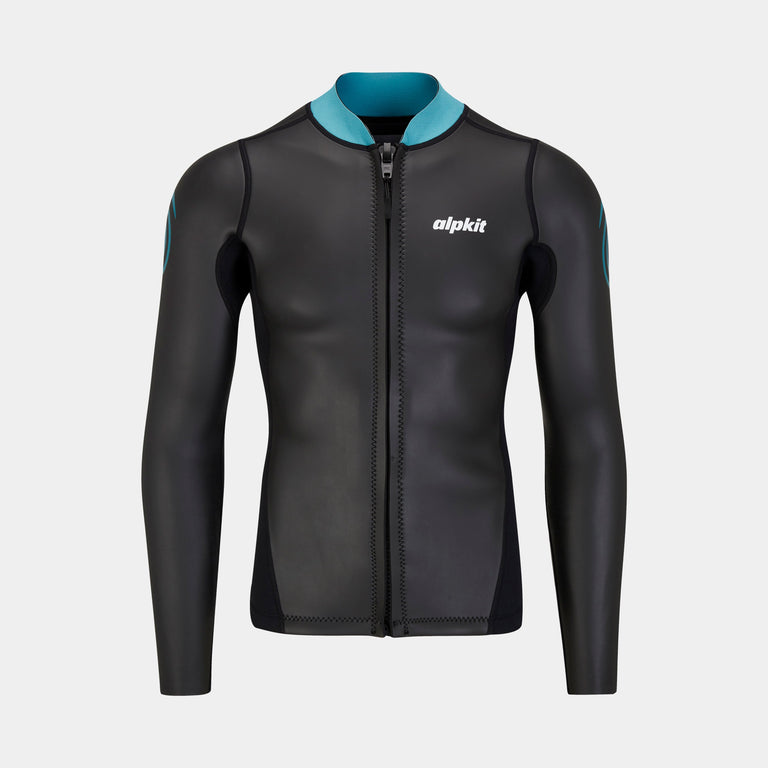
![Element Wetsuit Jacket [Mens]](http://eu.alpkit.com/cdn/shop/products/element-mens-jacket-pants-ecom-2_20228afb-4b26-41de-8747-726b26edded5.jpg?v=1699443321&width=768)
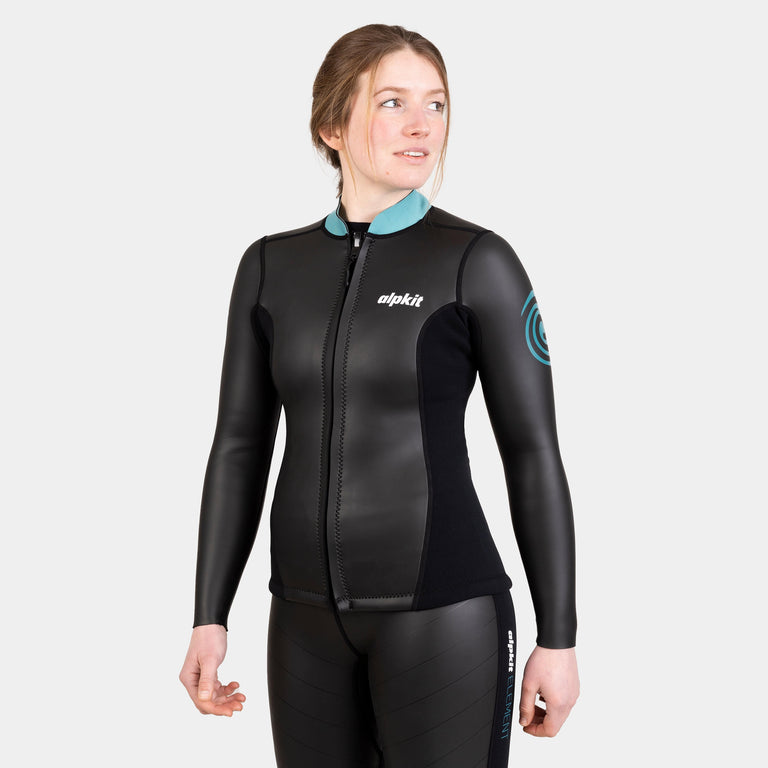
![Element Wetsuit Jacket [Womens]](http://eu.alpkit.com/cdn/shop/products/element-womens-jacket-pants-ecom-2.jpg?v=1702651976&width=768)

![Element Wetsuit Pants [Mens]](http://eu.alpkit.com/cdn/shop/products/element-mens-jacket-pants-ecom-2_c06af369-dc75-44f8-9ccb-f65f3737c4aa.jpg?v=1699443392&width=768)

![Element Wetsuit Pants [Womens]](http://eu.alpkit.com/cdn/shop/products/element-womens-jacket-pants-ecom-2_255d3f4a-410d-4d32-a657-6d9bab5b0d2d.jpg?v=1702651971&width=768)
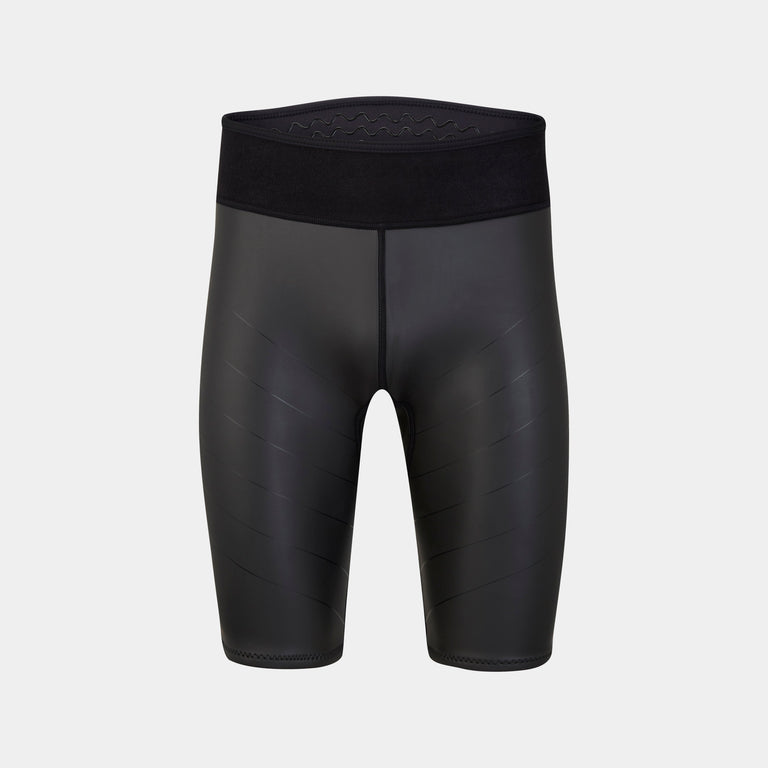
![Element Wetsuit Shorts [Mens]](http://eu.alpkit.com/cdn/shop/products/element-mens-vest-shorts-ecom-2.jpg?v=1702916294&width=768)
![Element Wetsuit Shorts [Womens]](http://eu.alpkit.com/cdn/shop/products/womens-element-shorts.jpg?v=1702654051&width=768)
![Element Wetsuit Shorts [Womens]](http://eu.alpkit.com/cdn/shop/products/element-womens-vest-shorts-ecom-1.jpg?v=1702654051&width=768)
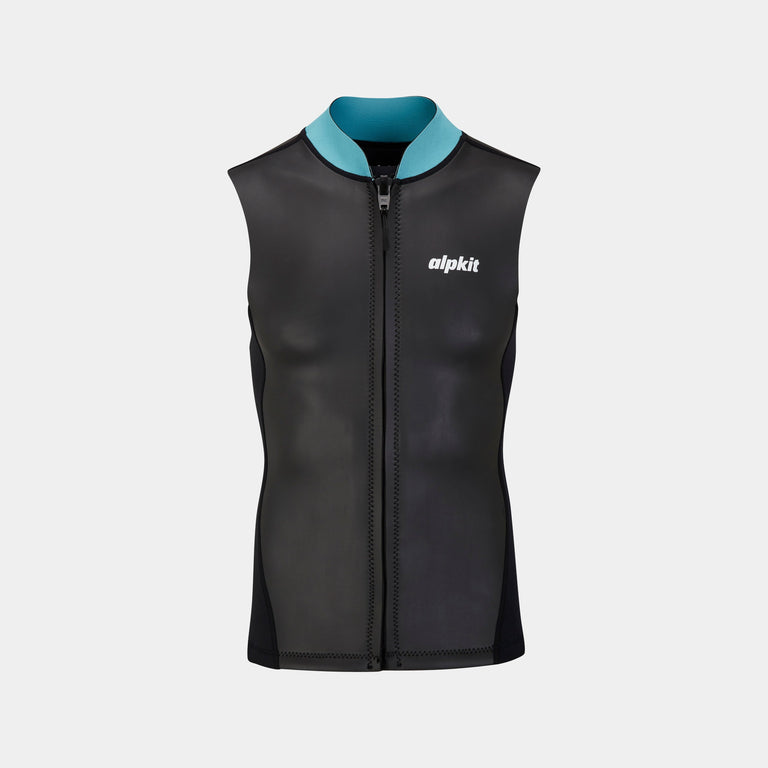
![Element Wetsuit Vest [Mens]](http://eu.alpkit.com/cdn/shop/products/element-mens-vest-shorts-ecom-2_bed513c4-b564-4446-856d-d889f90f885e.jpg?v=1702909396&width=768)
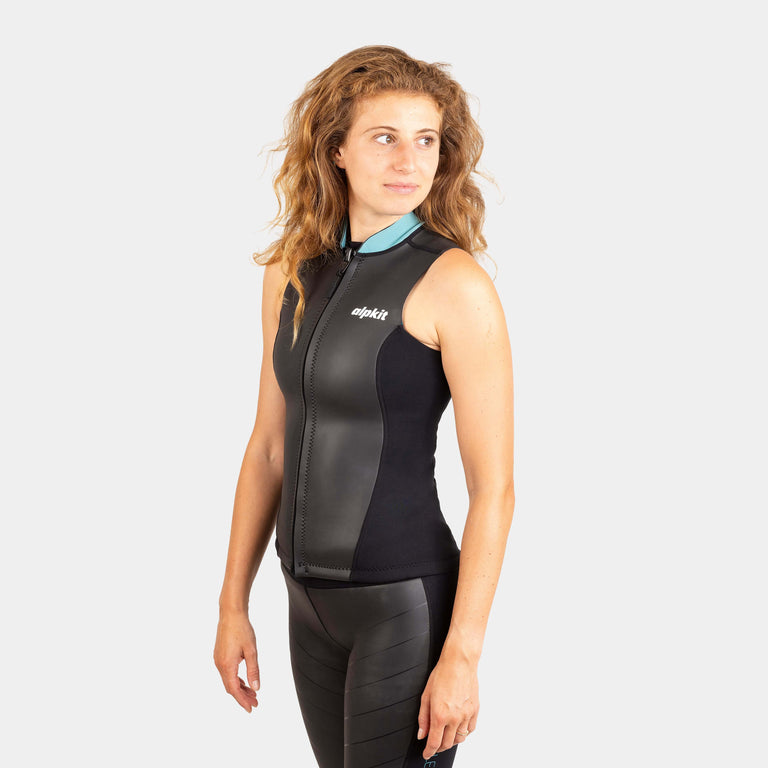
![Element Wetsuit Vest [Womens]](http://eu.alpkit.com/cdn/shop/products/element-womens-vest-shorts-ecom-1_1528bae7-f3c8-4428-8269-460923ac64da.jpg?v=1702894771&width=768)
![Silvertip Cold Water Wetsuit [Womens]](http://eu.alpkit.com/cdn/shop/files/silvertip-womens.jpg?v=1706641977&width=768)
![Silvertip Cold Water Wetsuit [Womens]](http://eu.alpkit.com/cdn/shop/files/SWAKSILTSC-neoprene-outdoor-swimming-cap-in-water_758f3933-2d1a-471a-a965-24105416e9b2.jpg?v=1706641977&width=768)

















